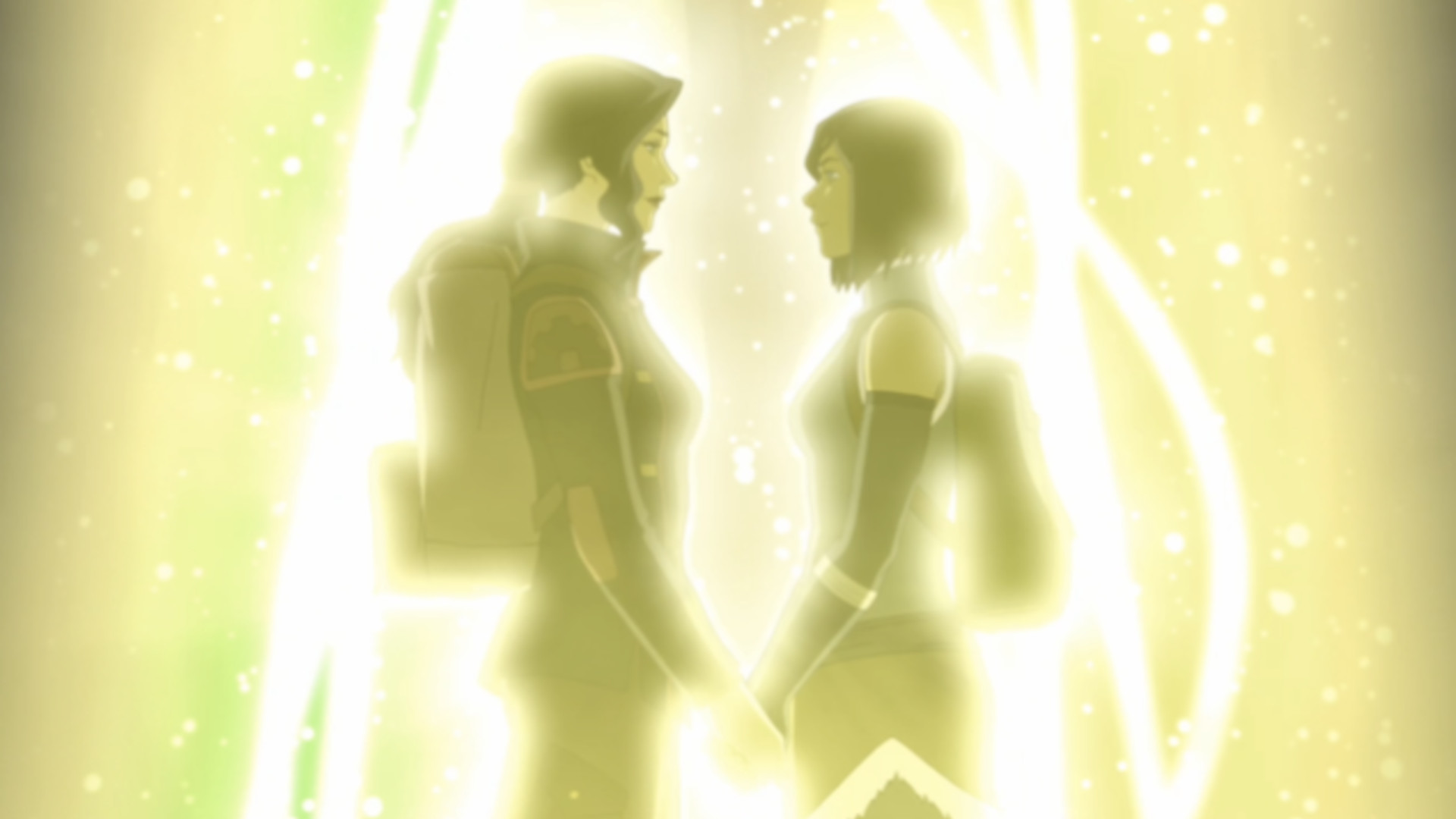Sometimes representation comes up in a pop culture thing you love when you are least expecting it. That was our experience with the anime-influenced Nickelodeon series “Avatar: The Last Airbender” and its sequel, “Legend of Korra”.
Not to be confused with the awful live-action movie version directed by M. Night Shyamalan, which you should NOT watch under ANY circumstances, the two series are works of genius. Created by Michael Dante DiMartino and Bryan Konietzko, the series’ take place in an Asiatic-inspired world in which some citizens have the ability to manipulate or “bend” four basic elements: earth, air, water, and fire. Only one in a century can manipulate all four: the Avatar.
In the first series, the Avatar, Aang, a 12-year-old boy and the last surviving member of the Air Nation, must band together with his friends Sokka and Katara to stop the evil Fire Lord from wiping out all other nations. Within this simple premise, the series explores friendship, first love, duty, sibling rivalry, redemption, parental loss and alienation, refugees, income inequality, political corruption, and much more, all with heaping doses of humour, action, and heart. And of course, the core trio meet and make new friends – and enemies – along the way, some of them surprising. I flat-out dare you to watch this series and not fall in love with at least one character.
Their quest is told in three arcs, with the defeat of the Fire Lord the ultimate and final goal (the Big Boss Battle, if you will). The sequel series, “Legend of Korra”, picks up the threads of the story several decades later and takes a different approach, telling four related but ultimately standalone arcs as Korra, the new Avatar, defeats a quartet of villains, each more deadly than the last.
Korra also has friends by her side – firebender Mako, earthbender Bolin, and Asami. In the first arc there’s an awkward love quadrangle as Korra pines for Mako, who’s dating Asami, and Bolin crushes on Korra. Happily, this is more or less dropped later in the series and the four settle into a solid friendship.
In the final arc, we learn that Korra and Asami have been corresponding regularly and their bond has deepened; in the final shot of the series, we see Korra and Asami enter the Spirit Realm via a portal that Korra opened, holding hands and gazing lovingly at each other. The show’s creators were quick to confirm that “Korrasami” is canon, and they are romantically involved. And thus a thousand ‘ships were validated!
We absolutely loved both Avatar and Korra and have watched both series multiple times as a family. It often appears on Netflix, making it easy to binge a favourite arc or even just dip in and out and re-watch beloved episodes; but I do recommend watching from the very beginning if you haven’t seen it. There are delightful callbacks and cameos in Korra that reference the events and characters from Avatar, and you’ll get much more out of the second series if you’ve seen the first.
So yes, we are longtime stans of this series, and were way before Korra and Asami’s romance was confirmed; seeing queer representation in a children’s animated program is just the icing on the cake. Sometimes, a thing you love even without representation can surprise and delight you.
